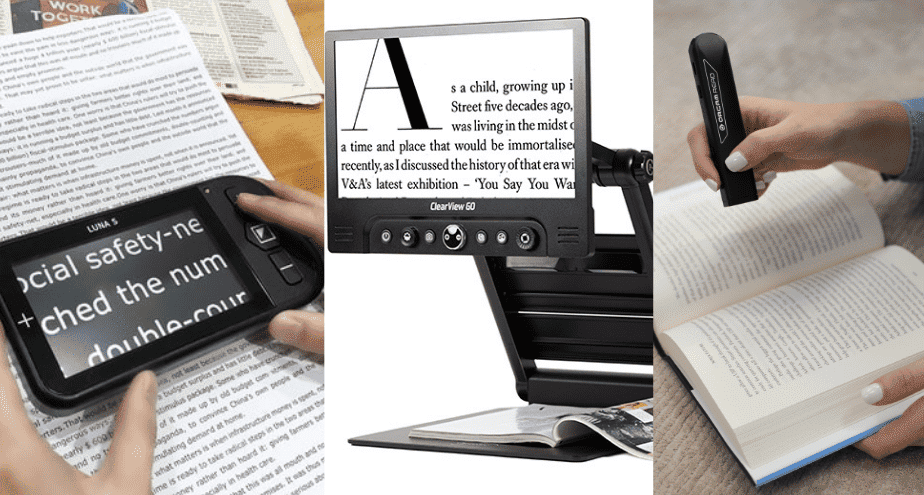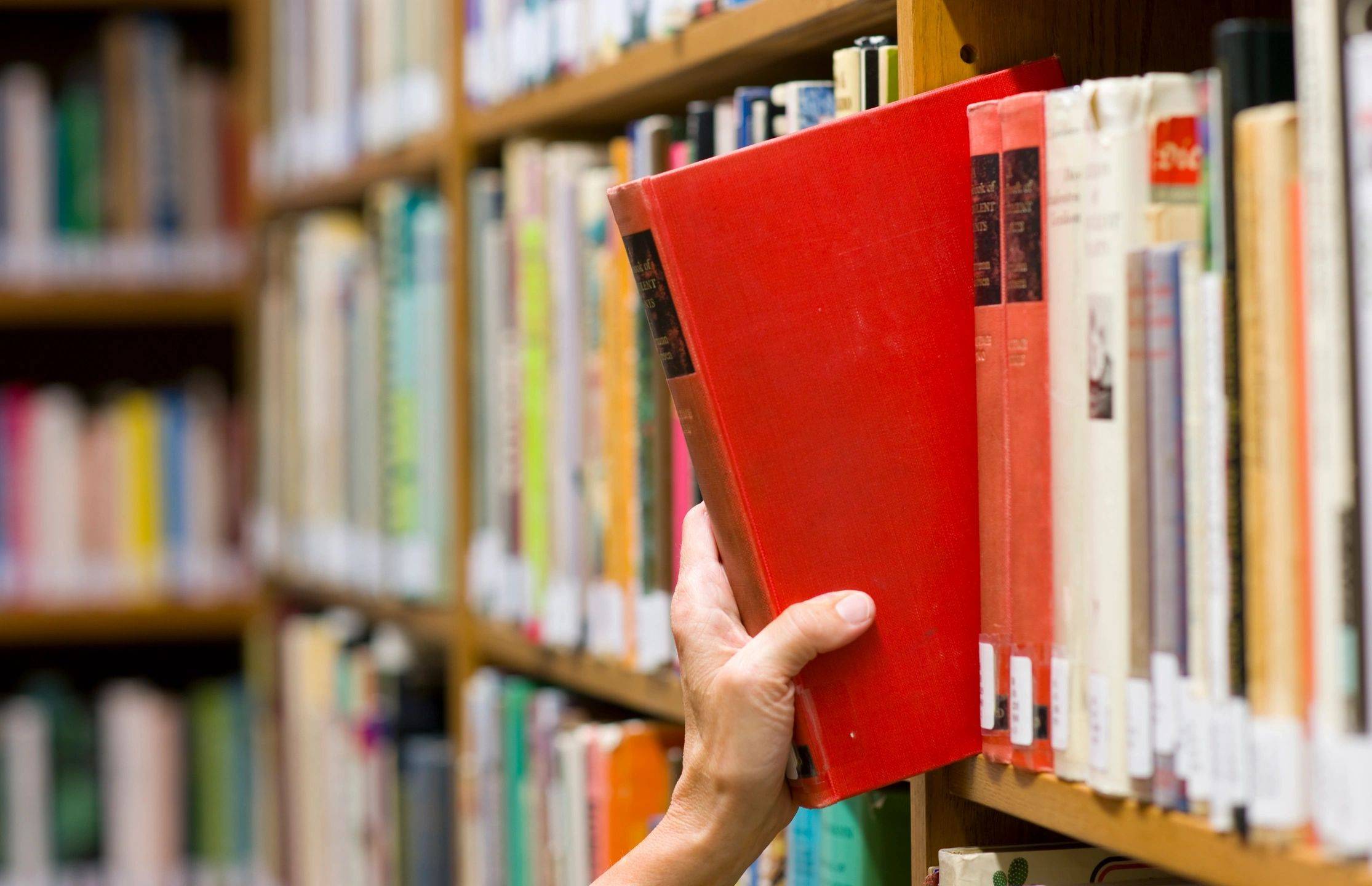Library access and The American Rescue Plan Act
On March 11, 2021, President Biden signed into law the $1.9 trillion American Rescue Plan Act. As part of this funding package, the Institute of Museum and Library Services (IMLS) was allocated $200 million, its largest increase to-date.
Individual state allocations are calculated based on population, with a minimum funding requirement set at $2 million.

As libraries consider important financial and programming decisions in the wake of this announcement, we’d like to highlight an opportunity to improve library access for people with low vision.
How technology can help bridge the library access gap
Since the beginning of the COVID-19 pandemic, news media has emphasized the particular hardships faced by the disabled community, especially among those who are blind or visually impaired. At the same time, libraries across the nation have risen to the occasion, quickly pivoting and adapting programs to meet the needs of their patrons.
One challenge that librarians faced was in dealing with pandemic-related delays of braille and audio materials from the National Library Service (NLS) for the Blind and Print Disabled. In partnership with a national network of partner libraries, NLS provides accessible materials and devices to approximately 350,000 users. Unfortunately, parts of their services experienced slowdowns over the past year.

Still, librarians rolled up their sleeves and went the extra mile, figuring out ways to get materials into patrons’ hands even while working remotely.
While the NLS’s Talking Book Program and other services remain vital to thousands of visually impaired community members, libraries can supplement these programs and expand library access even further by bringing technology in-house.
Expanding library access through portable assistive technology
Assistive technology attacks the same issue from the opposite angle. Rather than relying solely on specially-formatted materials, what if libraries had equipment at their disposal that made traditional formats accessible to visually impaired users?
There are a number of options for affordable, portable devices that can help people with low vision read any printed material at their local library. Some examples include:
- Portable video magnifiers, such as the new Luna S bv Zoomax ($369)
- Handheld reading pens, like the popular OrCam Read ($1990)
- “Hybrid” devices that are similar to desktop magnifiers, but are easily transportable, like the ClearView GO by Optelec (starting at $2,995)

The beauty of portable devices is that they can be put in circulation for low vision patrons to check out and use at home. (For step-by-step instructions on incorporating assistive technology at your institution, follow our guide.)
Desktop video magnifiers
In addition to portables, many libraries opt for an electronic desktop magnifier for patrons to use on site. The Optelec ClearView C Speech ($3,995) is a popular choice among libraries. Simple to use, the ClearView C instantly converts any printed text into speech, and offers magnification in high contrast. With a standalone magnifier like the ClearView C, low vision patrons successfully access library materials, eliminating barriers caused by vision loss.

Wrap-up
If you would like more information about any of these products, please browse our product pages, or feel free to contact us for a free consultation and demonstration. We also offer free training and tech support to all of our library clients.
The influx of stimulus funds presents a unique opportunity for libraries to invest in technology that will provide long-term, sustainable access to resources for patrons with vision loss. We look forward to supporting you in your decision-making as we all look forward to better days ahead.
Author Information
By Bethany Wyshak. Reviewed by Stuart Flom.
Sources
American Library Association. (2021, March). Library Recovery Funding Summary. http://www.ala.org/advocacy/sites/ala.org.advocacy/files/content/libfunding/fed/American%20Rescue%20Plan%20Act%20of%202021%20ALA%20Summary.pdf
Dankowski, T. (2021, February 25). A Disproportionate Pandemic. American Libraries Magazine. https://americanlibrariesmagazine.org/2021/03/01/disproportionate-pandemic-library-patrons-disabilities/
Kromer, K. (2021, March 12). What the American Rescue Plan Act Means for Libraries. American Libraries Magazine. https://americanlibrariesmagazine.org/blogs/the-scoop/what-american-rescue-plan-act-means-for-libraries/#:%7E:text=Act%20provides%20historic%20levels%20of,E%2DRate%2C%20and%20other%20programs&text=Of%20the%20%24200%20million%20for,on%20a%20population%2Dbased%20formula.














Are you available for presentation or demonstration to libraries in Rhode Island??
Yes! We sent you more details by email. Please feel free to respond to us by email or by calling (800) 407-6486. We look forward to connecting with you.